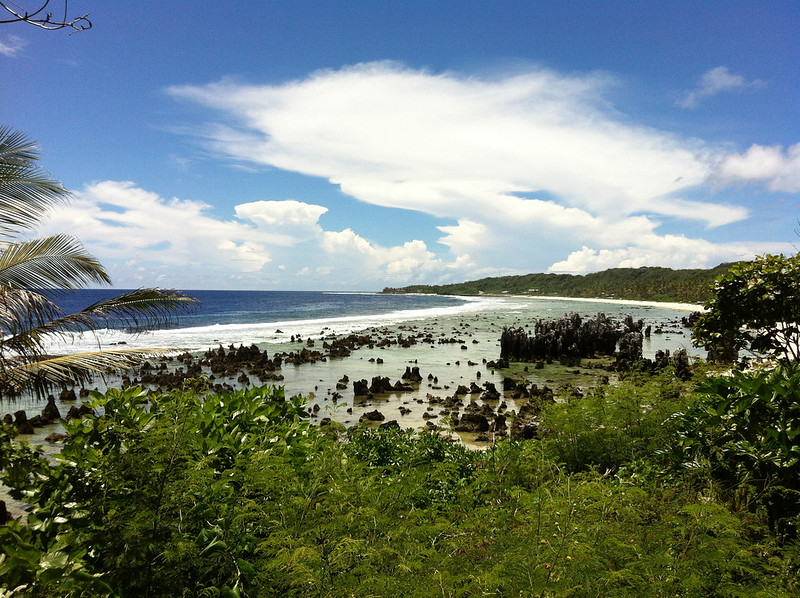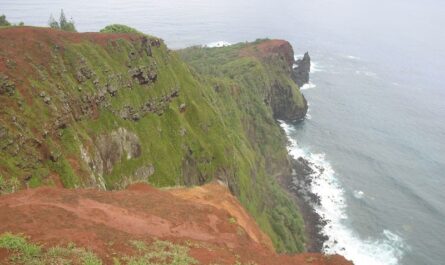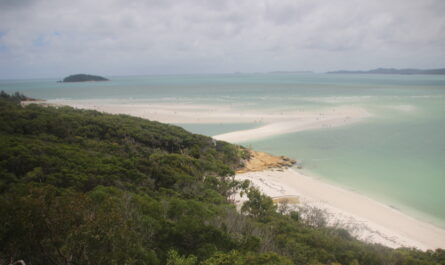Nauru, a tiny island nation located in the central Pacific Ocean, is the world’s third smallest country. Despite its diminutive size, Nauru faces outsized environmental challenges that threaten its fragile ecosystem and the well-being of its population. These challenges stem from a complex interplay of historical, economic, and climatic factors, many of which have their roots in the island’s unique history of phosphate mining and its geographical vulnerability to global environmental shifts.
This article explores the environmental challenges confronting Nauru, including its depleted phosphate mines, water scarcity, reliance on imported resources, climate change impacts, and ongoing efforts toward sustainability.
1. Nauru’s Geography and Ecological Context
An Isolated Pacific Island
Nauru lies in Micronesia, northeast of Australia and south of the Marshall Islands. Covering an area of just 21 square kilometers, it is one of the most isolated nations on Earth. Nauru’s remoteness has contributed to its unique ecological challenges, as the island relies heavily on imported goods and international assistance.
A Rich but Fragile Ecosystem
The island is home to diverse marine species, coral reefs, and unique coastal ecosystems. However, much of the terrestrial ecosystem has been degraded due to decades of phosphate mining, leaving a barren and rocky interior that offers little biodiversity or agricultural potential.
2. The Legacy of Phosphate Mining
The “Phosphate Island”
Nauru’s economy was historically built on phosphate mining. In the early 20th century, large phosphate deposits were discovered, leading to an economic boom. These deposits, formed from centuries of bird droppings, were mined extensively to produce fertilizers for agriculture worldwide.
Environmental Devastation
While mining brought wealth, it left an environmental catastrophe in its wake:
- Deforestation: The removal of vegetation to access phosphate destroyed vast tracts of forest.
- Land Degradation: Over 80% of Nauru’s land has been rendered uninhabitable due to mining pits and rock formations.
- Loss of Biodiversity: The destruction of habitats led to the disappearance of native plant and animal species.
Economic and Social Consequences
As phosphate reserves dwindled, so did Nauru’s economy. The once-prosperous nation now faces high unemployment rates and a lack of sustainable economic alternatives.
3. Climate Change: A Looming Threat
Rising Sea Levels
As a low-lying coral atoll, Nauru is acutely vulnerable to sea level rise. Much of the population lives along the narrow coastal strip, where rising waters threaten homes, infrastructure, and freshwater resources.
Impacts of Coastal Erosion
- Shrinking Shorelines: Coastal erosion, exacerbated by rising seas and storm surges, has led to the loss of land.
- Saltwater Intrusion: The infiltration of seawater into freshwater aquifers reduces the availability of drinking water and harms agriculture.
Extreme Weather Events
Climate change has increased the frequency and intensity of extreme weather events, including:
- Cyclones: Though rare, cyclones can cause significant damage to infrastructure.
- Droughts: Prolonged periods without rain exacerbate water scarcity.
4. Water Scarcity: A Persistent Crisis
Limited Freshwater Resources
Nauru lacks rivers, lakes, or reliable freshwater sources. The island relies on rainwater harvesting and desalination for its water supply.
Challenges to Water Access
- Rainfall Variability: Unpredictable rainfall patterns, linked to climate change, make water collection difficult.
- Desalination Costs: Operating desalination plants is energy-intensive and expensive, placing a strain on Nauru’s limited resources.
5. Overdependence on Imported Goods
A Food Security Dilemma
With much of its arable land destroyed, Nauru imports the majority of its food. This dependence creates several issues:
- High Costs: Imported food is expensive due to transportation costs.
- Nutritional Deficiency: A reliance on processed foods has led to high rates of obesity, diabetes, and other health issues.
Energy Reliance
Nauru depends on imported fossil fuels for electricity and transportation, making the island vulnerable to global price fluctuations and supply disruptions.
6. Coral Reef Degradation
The Role of Coral Reefs
Nauru’s coral reefs provide critical ecosystem services, including:
- Coastal Protection: Reefs act as natural barriers against storm surges.
- Fisheries: Coral reefs support marine biodiversity, which sustains local fisheries.
Threats to Reefs
- Coral Bleaching: Rising ocean temperatures cause coral bleaching, weakening reef structures.
- Overfishing: Unsustainable fishing practices harm marine populations.
- Pollution: Sedimentation from mining and plastic waste damages coral ecosystems.
7. Efforts Toward Sustainability
Despite these challenges, Nauru has taken steps to address its environmental issues and build a sustainable future.
Rehabilitation of Mining Sites
Efforts are underway to rehabilitate mined land by:
- Soil Restoration: Adding topsoil to barren areas to enable plant growth.
- Reforestation: Planting native and resilient tree species to restore habitats.
Renewable Energy Initiatives
Nauru is investing in renewable energy to reduce its reliance on fossil fuels. Solar power projects aim to increase energy security and lower greenhouse gas emissions.
Climate Advocacy
As a member of the Alliance of Small Island States (AOSIS), Nauru has been a vocal advocate for global climate action, emphasizing the need for stronger commitments to reduce emissions and support vulnerable nations.
8. The Human Aspect: Resilience and Adaptation
Community Efforts
Nauru’s residents have shown remarkable resilience in the face of adversity. Community-led initiatives focus on:
- Water Conservation: Educating households about efficient water use.
- Local Agriculture: Promoting home gardening and hydroponics to reduce reliance on imports.
Cultural Preservation
Amidst environmental challenges, Nauruans strive to maintain their cultural heritage, including traditional practices, dance, and storytelling, which connect them to their land and history.
9. International Support and Partnerships
Aid and Collaboration
Nauru receives support from international organizations and partner nations to fund infrastructure projects, climate adaptation programs, and sustainable development initiatives.
Examples of Support
- UNDP Projects: The United Nations Development Programme assists with renewable energy and disaster preparedness.
- Bilateral Aid: Countries like Australia and New Zealand provide financial and technical aid to address water scarcity and other challenges.
10. A Path Forward: Building Resilience
Nauru’s future depends on its ability to adapt to environmental challenges while leveraging its strengths. Key priorities include:
- Sustainable Development: Balancing economic growth with environmental conservation.
- Regional Cooperation: Working with neighboring Pacific nations to address shared challenges.
- Youth Engagement: Empowering the next generation to lead efforts in sustainability and innovation.
Conclusion: A Fragile Yet Determined Nation
Nauru’s environmental challenges are vast, but so too is the determination of its people. By addressing the legacies of phosphate mining, preparing for climate impacts, and embracing sustainable practices, Nauru is charting a path toward a more resilient future. The island’s story serves as a powerful reminder of the interconnectedness of human and environmental systems—and the urgent need to protect fragile ecosystems worldwide.



